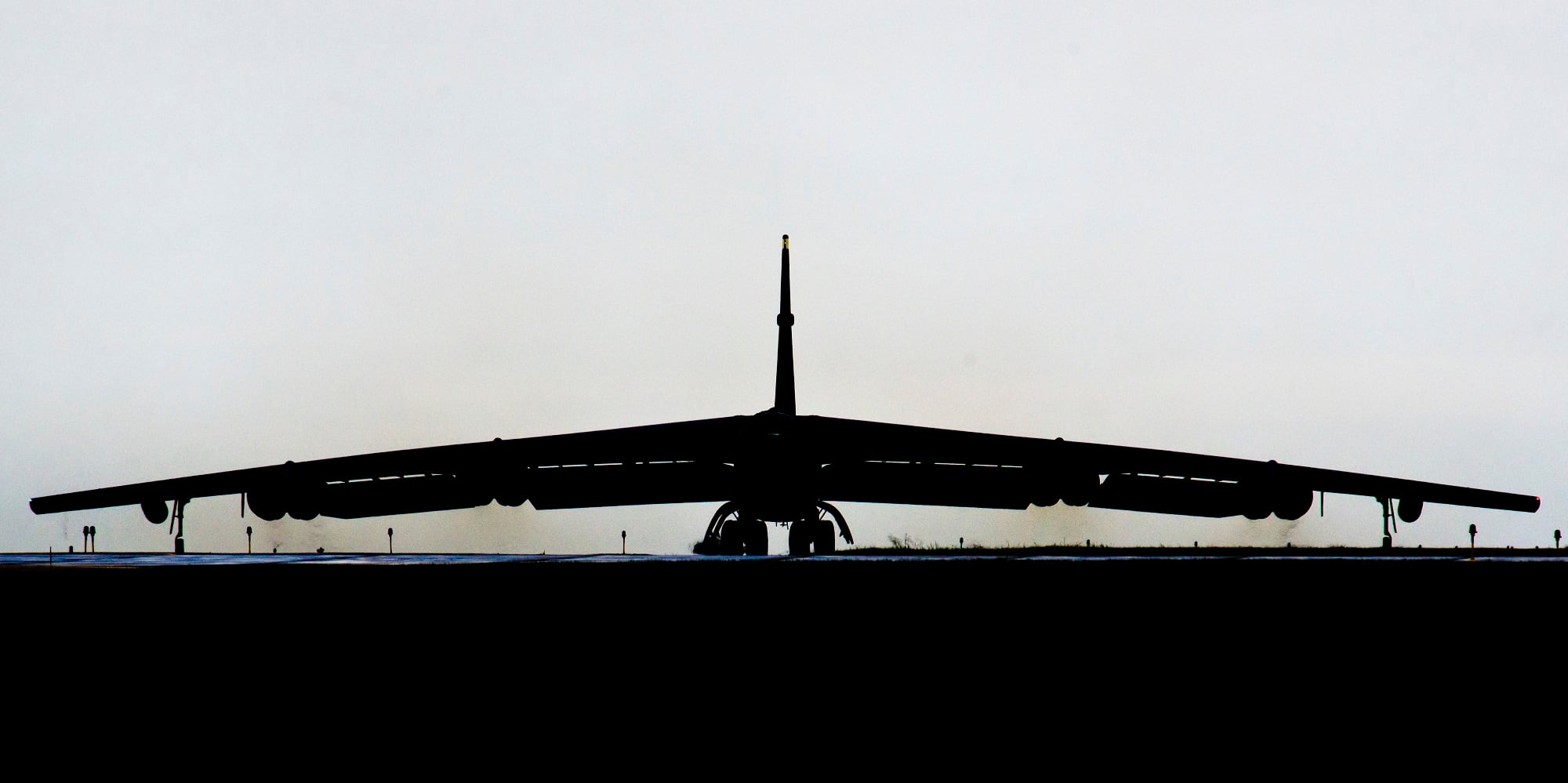WASHINGTON — A draft of the Pentagon’s Nuclear Posture Review confirms the existence of an underwater nuclear drone made and operated by Russia, a capability the U.S. Defense Department had not previously publicly acknowledged.
“In addition to modernizing ‘legacy’ Soviet nuclear systems, Russia is developing and deploying new nuclear warheads and launchers,” stated an unclassified draft of the nuclear posture review first published by the Huffington Post.
“These efforts include multiple upgrades for every leg of the Russian nuclear triad of strategic bombers, sea-based missiles and land-based missiles. Russia is also developing at least two new intercontinental range systems, a hypersonic glide vehicle and a new intercontinental, nuclear-armed undersea autonomous torpedo.”
A chart laying out Russian nuclear delivery vehicles developed over the past decade spells out the capability yet again, including a small illustration for an “AUV,” or autonomous underwater vehicle, called Status-6.
The black and white graphic posted by the Huffington Post makes it difficult to see whether the capability has been deployed. However, the Russian undersea drone — which is nicknamed “Kanyon” by the Pentagon and goes by the full name Ocean Multipurpose System Status-6 — has been tested at least once.
RELATED

On Nov. 27, 2016, U.S. intelligence detected Status-6 after it was launched from a Sarov-class submarine used to test and validate new tech, the Washington Free Beacon reported in December 2016, citing unnamed Pentagon sources.
Russian reports indicate it could be outfitted with a 100-megaton nuclear warhead.
Status-6 was built by Rubin Design Bureau, the largest of Russia’s three submarine manufacturers. According to a document shown on Russian television, the drone has a range of 6,200 miles, a top speed in excess of 56 knots and can descend to depths of 3,280 feet below sea level, the Beacon reported.
It was designed to be launched from at least two different classes of nuclear submarines, including the Oscar-class, which can carry four Status-6 drones at a time.
The nuclear posture review reaffirms the United States’ commitment to the nuclear triad — or the country’s inventory of ballistic missile submarines, ICBMs and nuclear-capable bombers — but offers no sign that the Pentagon is interested in developing unmanned undersea vehicles capable of delivering a nuclear weapon.
However, it has been widely speculated that the Air Force’s newest bomber, the B-21 currently under development, could be optionally manned.
While the final draft of the Nuclear Posture Review could remove references to the Status-6 program, it appears the Pentagon confirmed the existence of the weapon as a way to illustrate what it sees as major advantage of the Russian nuclear weapons program: its diversity.
The review notes that Russia is increasing the number of platforms that could be equipped either with a nuclear or conventional payload, allowing it to expand its nuclear arsenal without violating the New START treaty. It is also developing a ground-launched cruise missile and has multiple classes of nuclear submarines and varieties of ICBMs and air-launched cruise missiles.
The United States is concerned about Russia’s continued development of “increasingly diverse and expanding nuclear capabilities,” especially coupled with Moscow’s perception that it could conduct a nuclear attack as a way to “ ’de-escalate’ a conflict on terms favorable to Russia,” the review stated.
“These mistaken perceptions increase the prospect for dangerous miscalculation and escalation.”
Valerie Insinna is Defense News' air warfare reporter. She previously worked the Navy/congressional beats for Defense Daily, which followed almost three years as a staff writer for National Defense Magazine. Prior to that, she worked as an editorial assistant for the Tokyo Shimbun’s Washington bureau.








